Comet news, features and articles
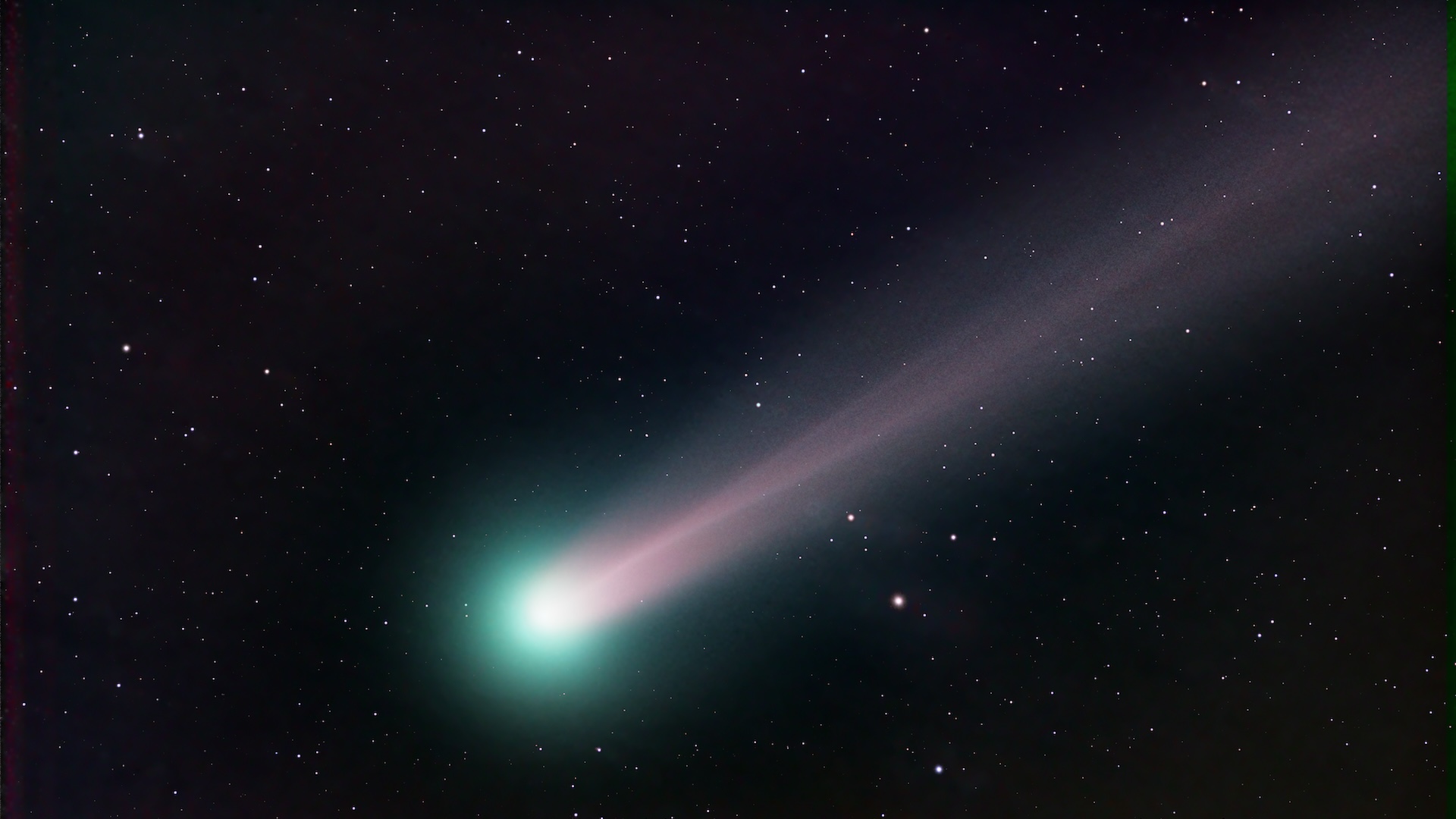
Comets are "snowballs" of ice and dust that formed during the birth of our solar system and have orbited the sun since. Live Science brings you the latest comet news, features and articles as astronomers track these extraordinary objects. From the city-sized comet that grew "horns" to the mega comet that may be the largest seen in recorded history, our expert writers and editors will tell you everything you need to know about them, and how to observe them when they're visible from Earth.
Discover more about comets
—What's the difference between asteroids, comets and meteors?
Latest about Comets

Newly discovered comet SWAN just 'erupted' with a bright, icy burst. Is it a cold volcano?
By Harry Baker published
Photos show that comet C/2025 F2 (SWAN) experienced a "major eruption," causing it to become temporarily brighter. However, it's still unclear whether the icy object is a true "cryovolcano."
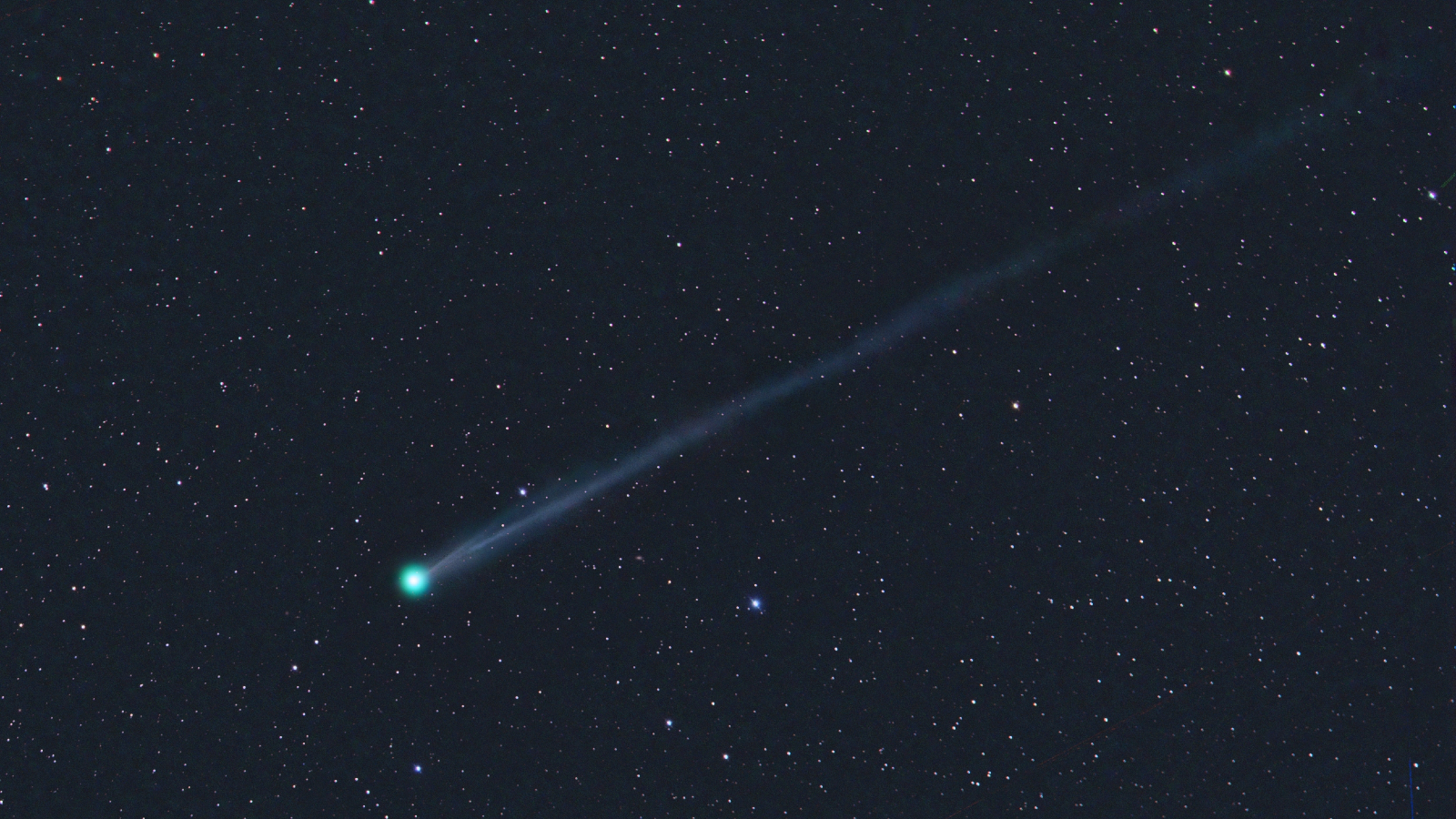
Amateur astronomer discovers bright green comet SWAN25F — and you can see it too
By Harry Baker published
Comet SWAN25F was discovered using photos from the European Space Agency's SOHO spacecraft and can currently be spied using backyard equipment — but it could also become visible to the naked eye in the next few weeks.
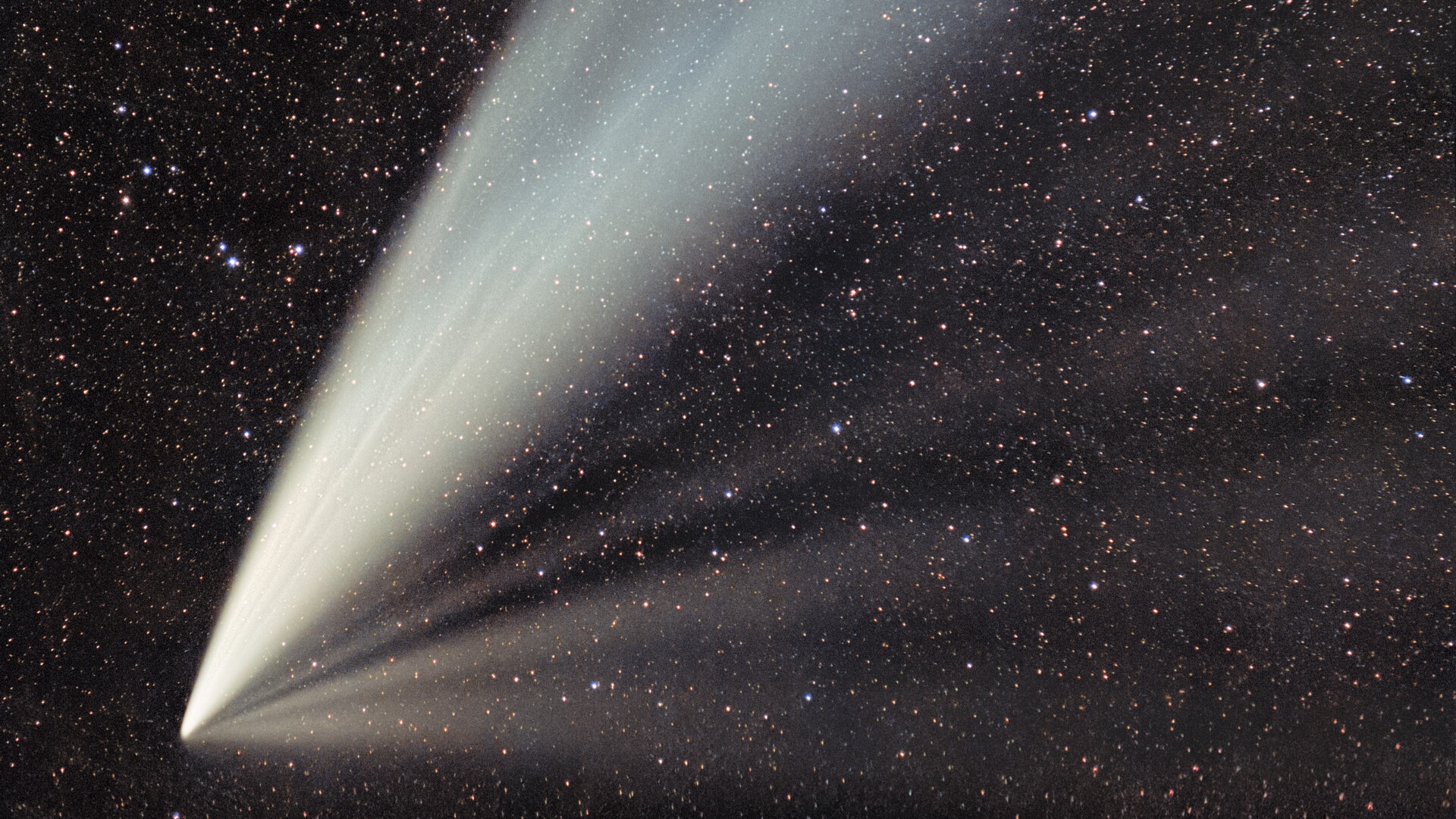
Space photo of the week: The last view of the 'Great Comet of 2025' for half a million years
By Shreejaya Karantha published
Beautifully captured against a starry sky, Comet C/2024 G3 (ATLAS) — dubbed by some as the "Great Comet of 2025" — shines brightly after its last approach to the sun for hundreds of thousands of years.
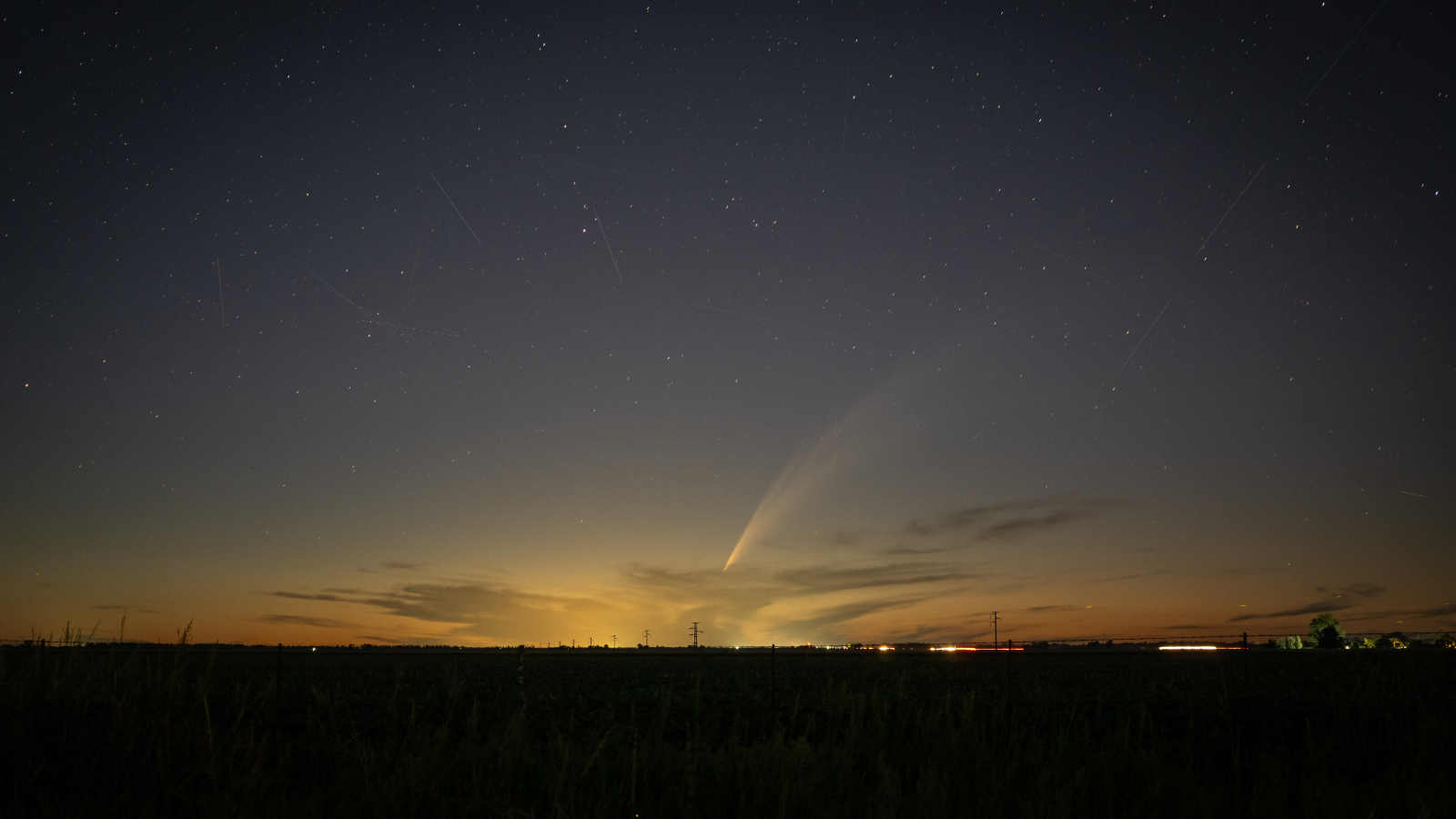
Comet C/2024 G3 ATLAS' 'near-death encounter' with the sun may have blown it apart, new photos suggest
By Harry Baker published
New photos of comet C/2024 G3 (ATLAS) suggest that it could be disintegrating due to "thermal stress" from its recent slingshot around the sun. However, its fate is still unclear.
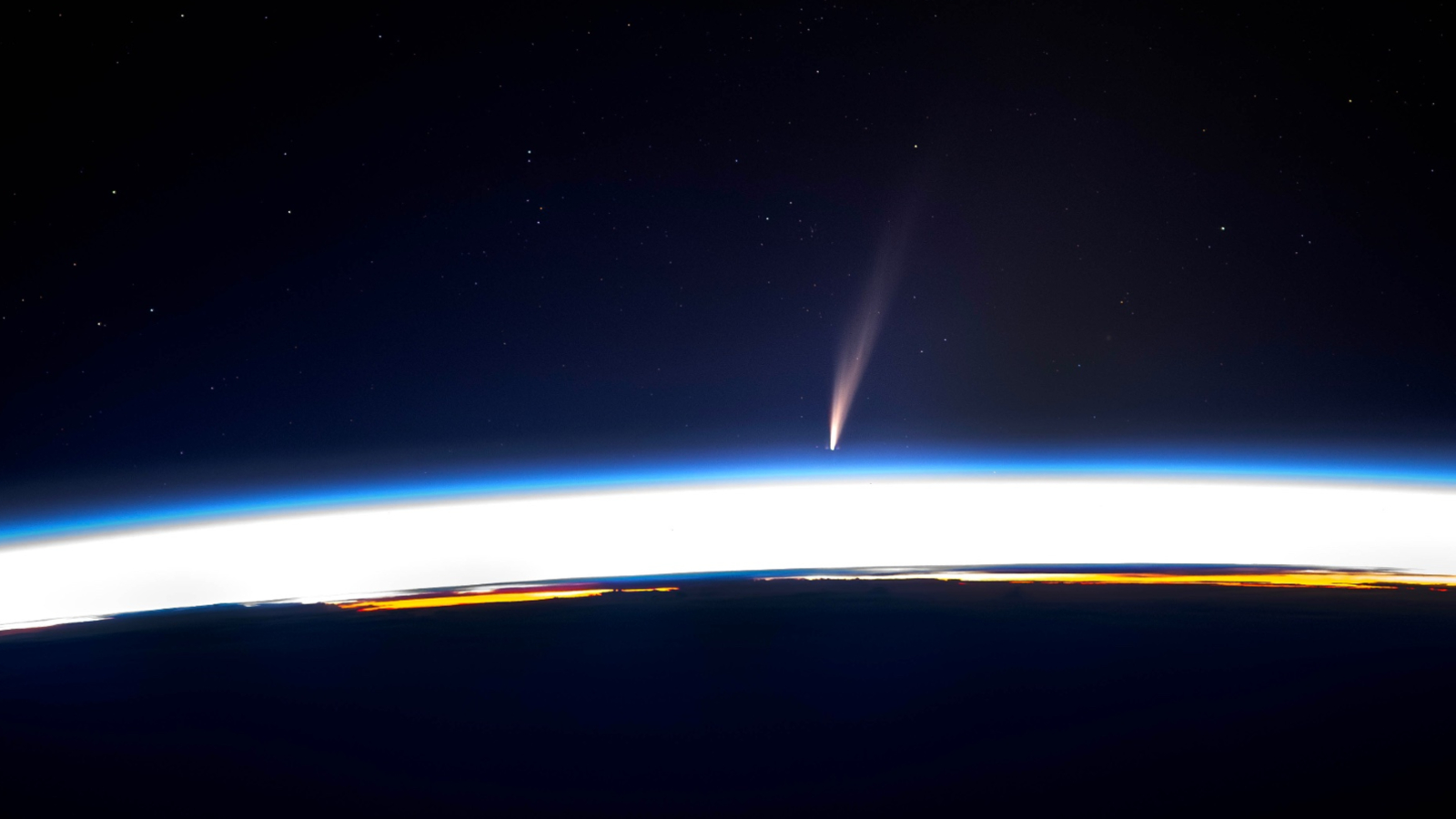
'Totally amazing' astronaut photo captures comet C/2024 G3 ATLAS shooting past Earth from the ISS
By Harry Baker published
NASA astronaut Don Pettit has snapped a striking shot of the super-bright comet racing past our planet for the first time in 160,000 years, as it lit up the night skies across the globe.
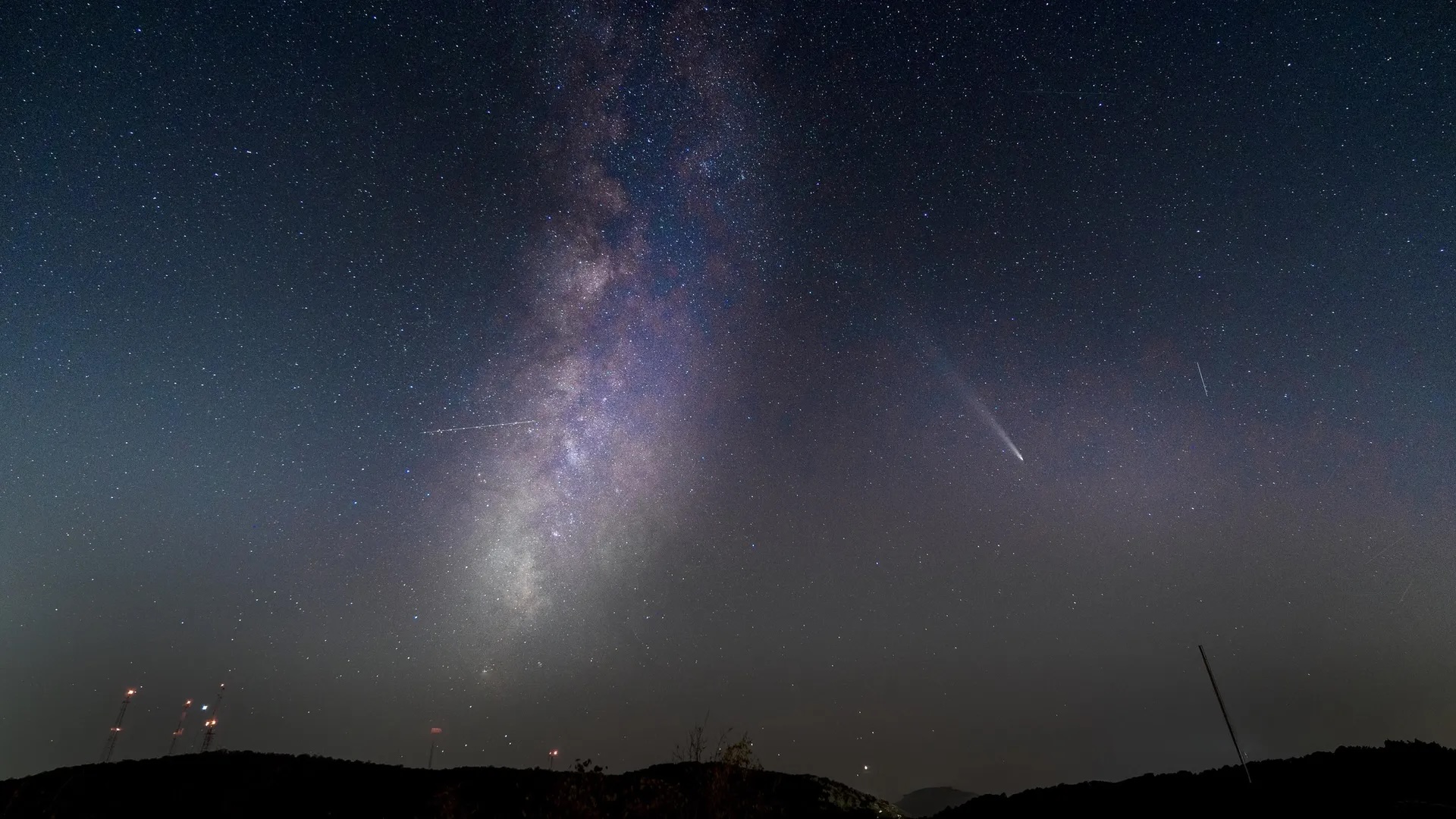
Rare comet could shine bright as Venus as it falls toward the sun: What to expect from Comet ATLAS (C/2024) G3
By Jamie Carter published
Comet ATLAS (C/2024) G3 is set to dazzle Southern Hemisphere skywatchers in mid-January. Here’s everything you need to know about the 'New Year comet'.
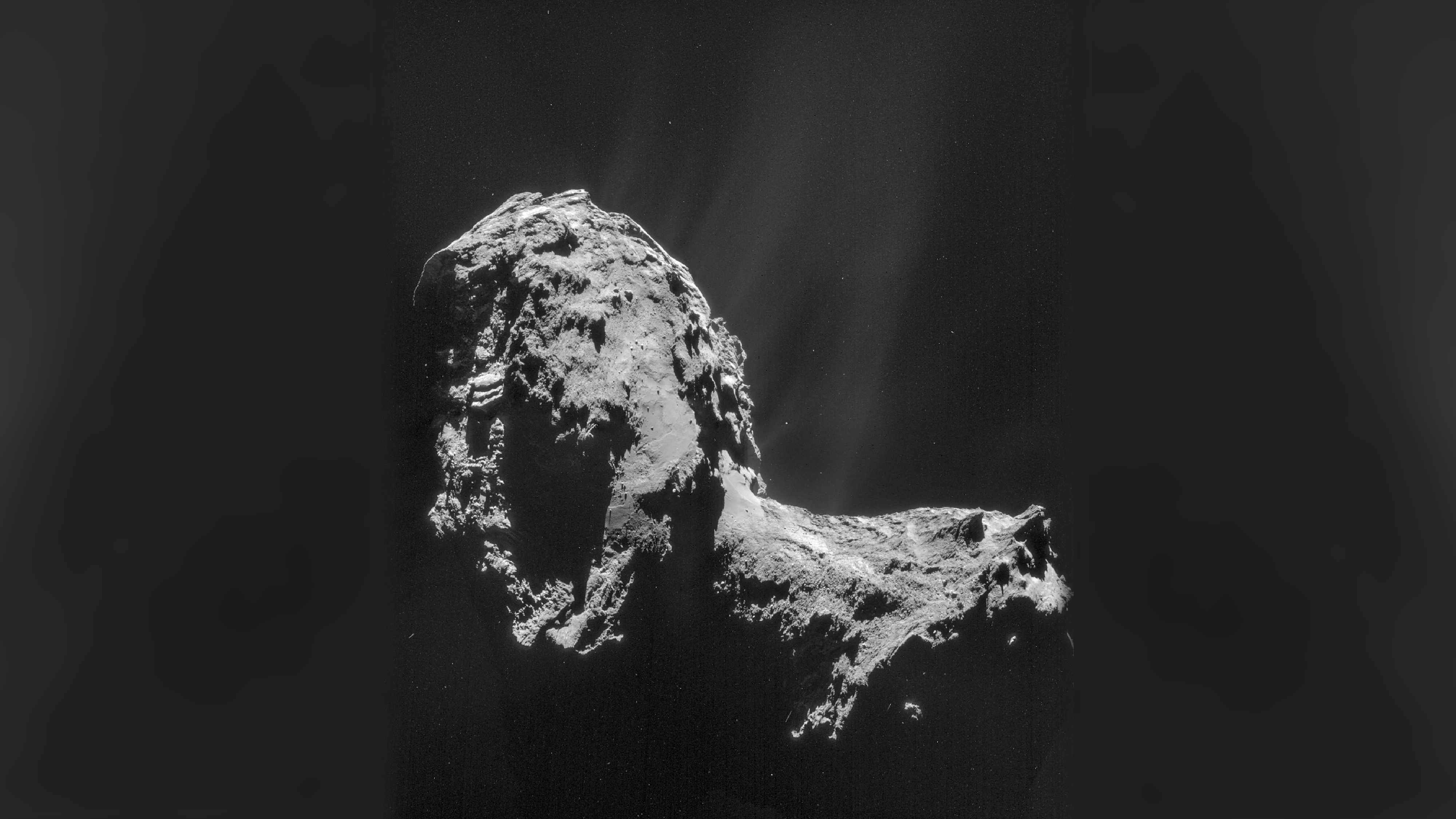
Comets played a 'major' role in making life on Earth possible, new study hints
By Deepa Jain published
A reanalysis of the data from the "rubber-ducky" comet 67P, collected nearly a decade ago, suggests comets may have deposited a lot more water on Earth than scientists previously thought.

Mysterious, city-size 'centaur' comet gets 300 times brighter after quadruple cold-volcanic eruption
By Harry Baker published
The cryovolcanic "centaur" comet 29P/Schwassmann-Wachmann has erupted four times in less than 48 hours, becoming unusually bright in the process. It is the most powerful outburst from the city-size oddball in more than three years.
Sign up for the Live Science daily newsletter now
Get the world’s most fascinating discoveries delivered straight to your inbox.


